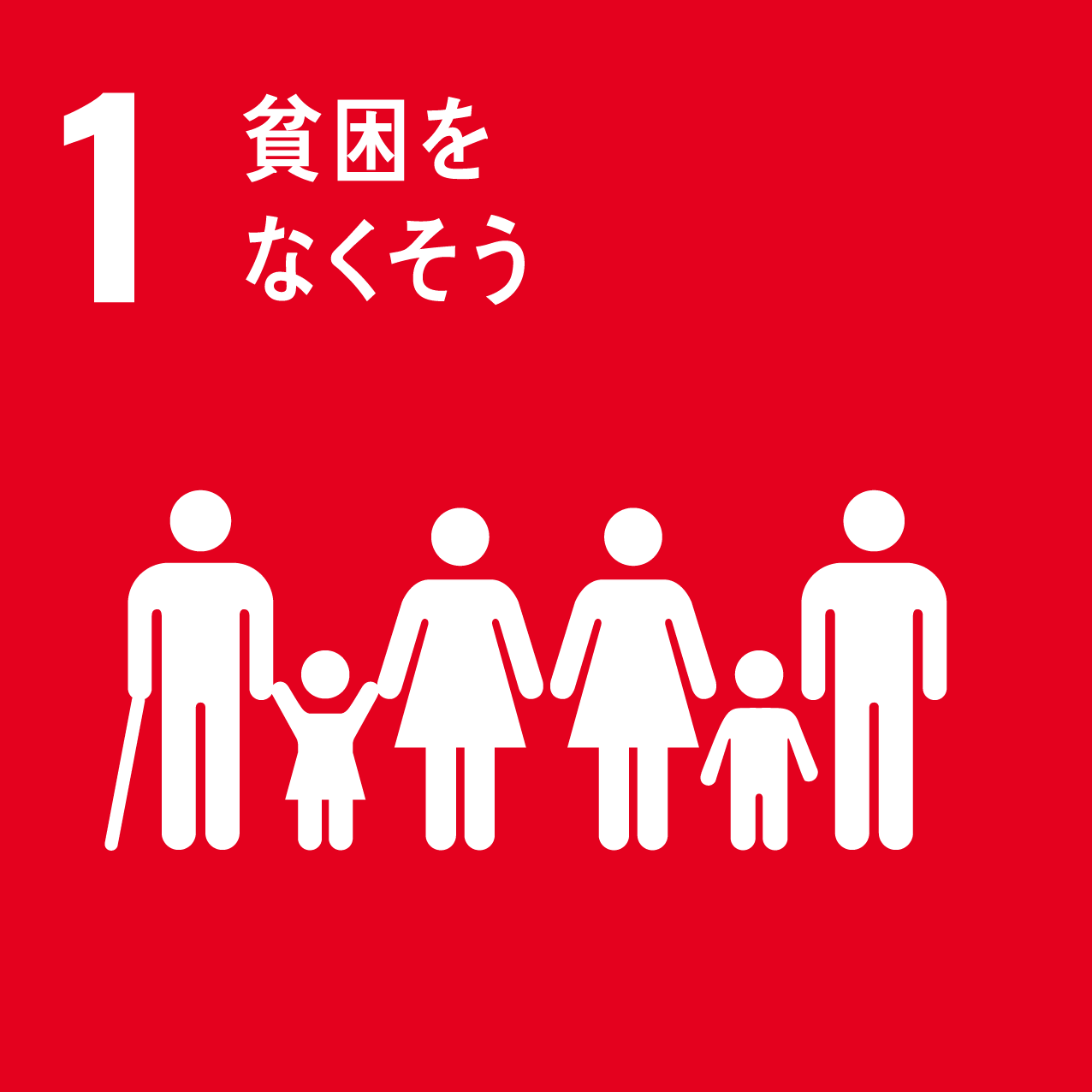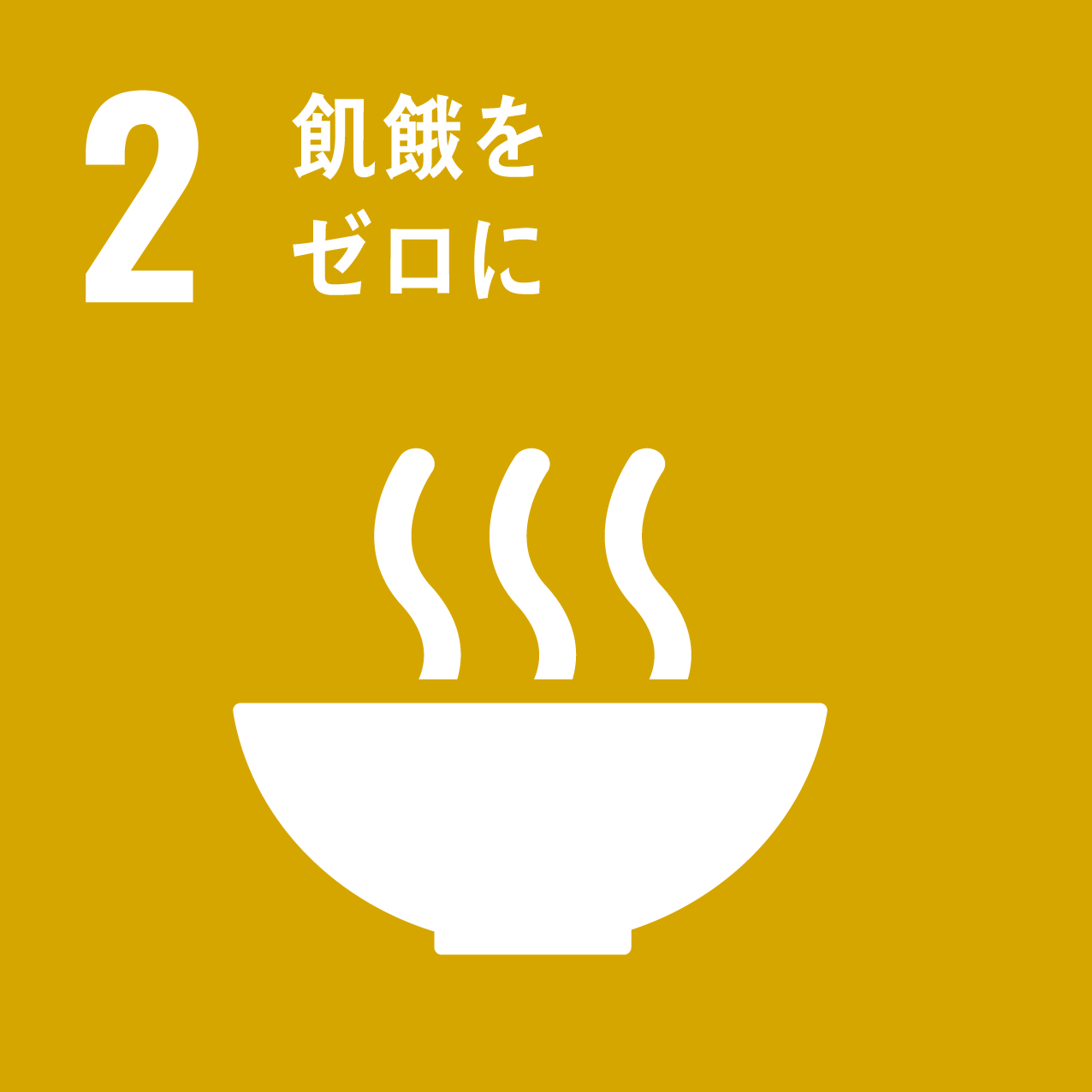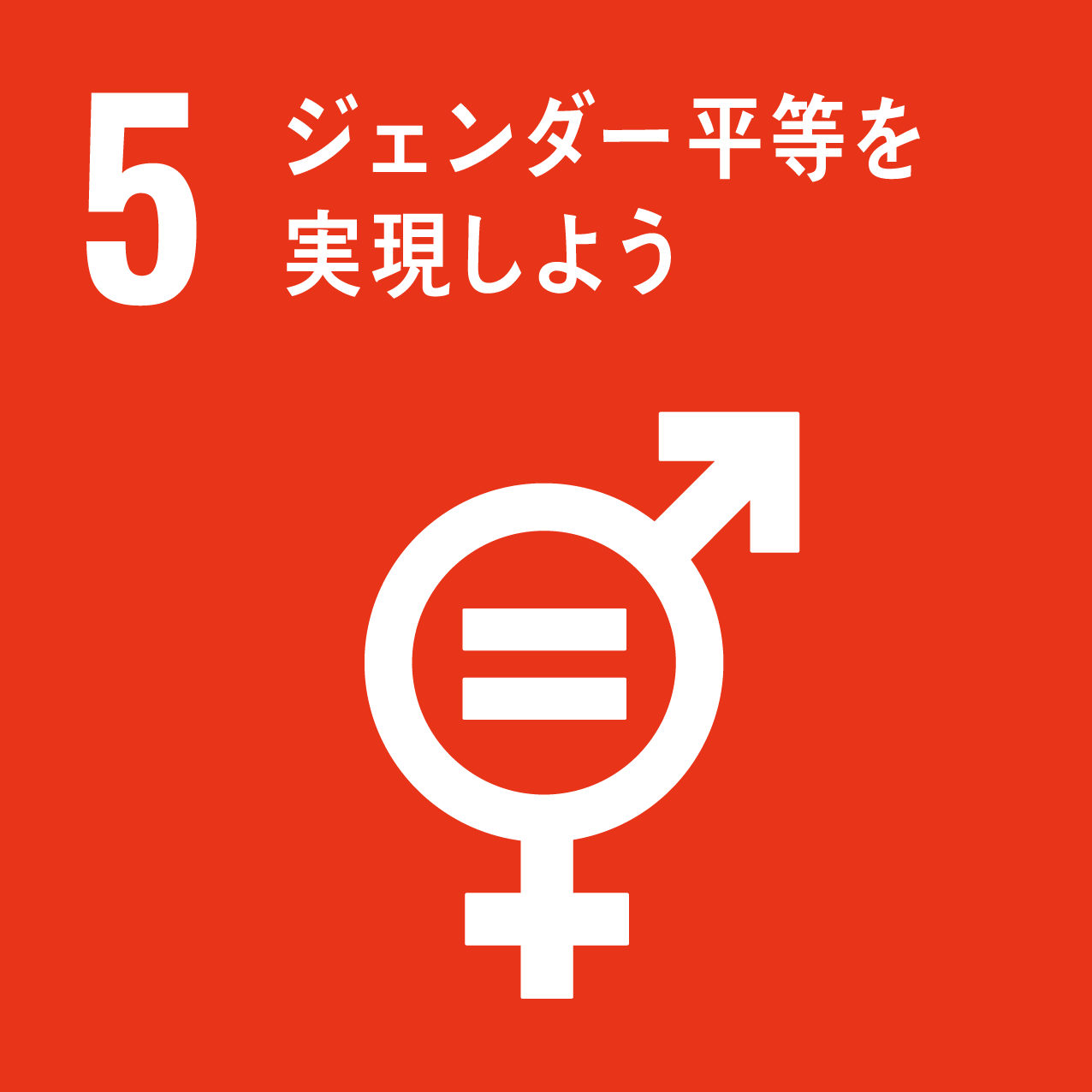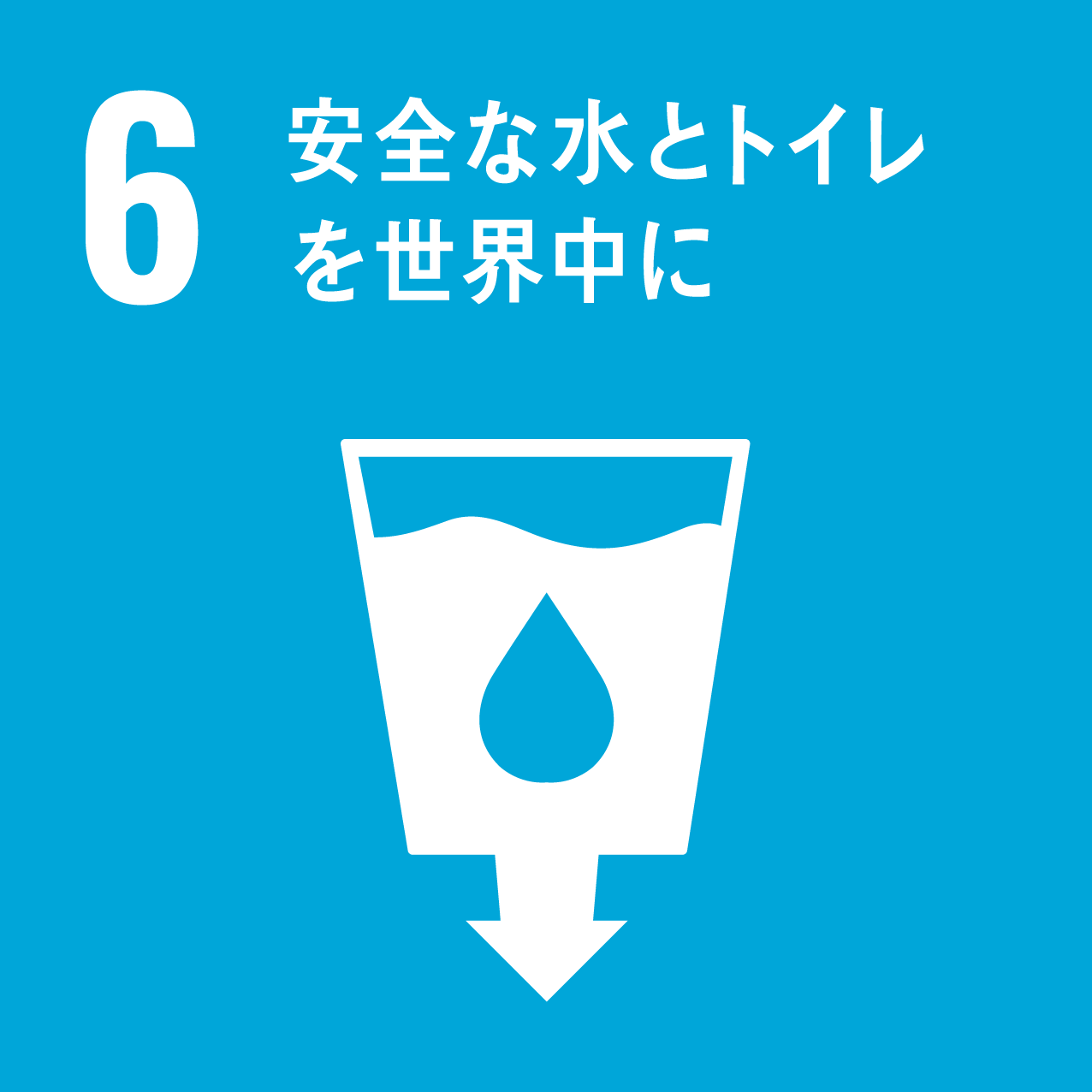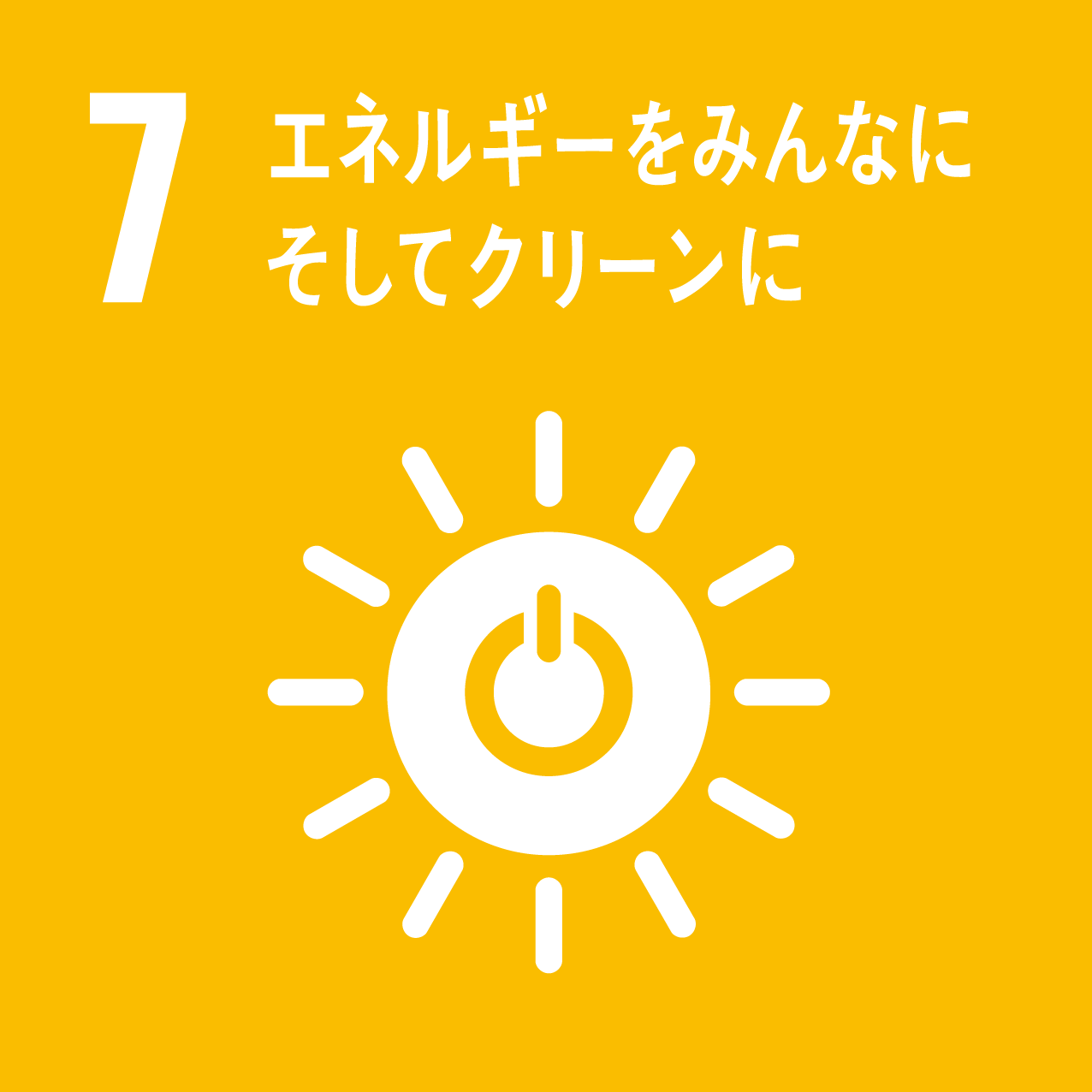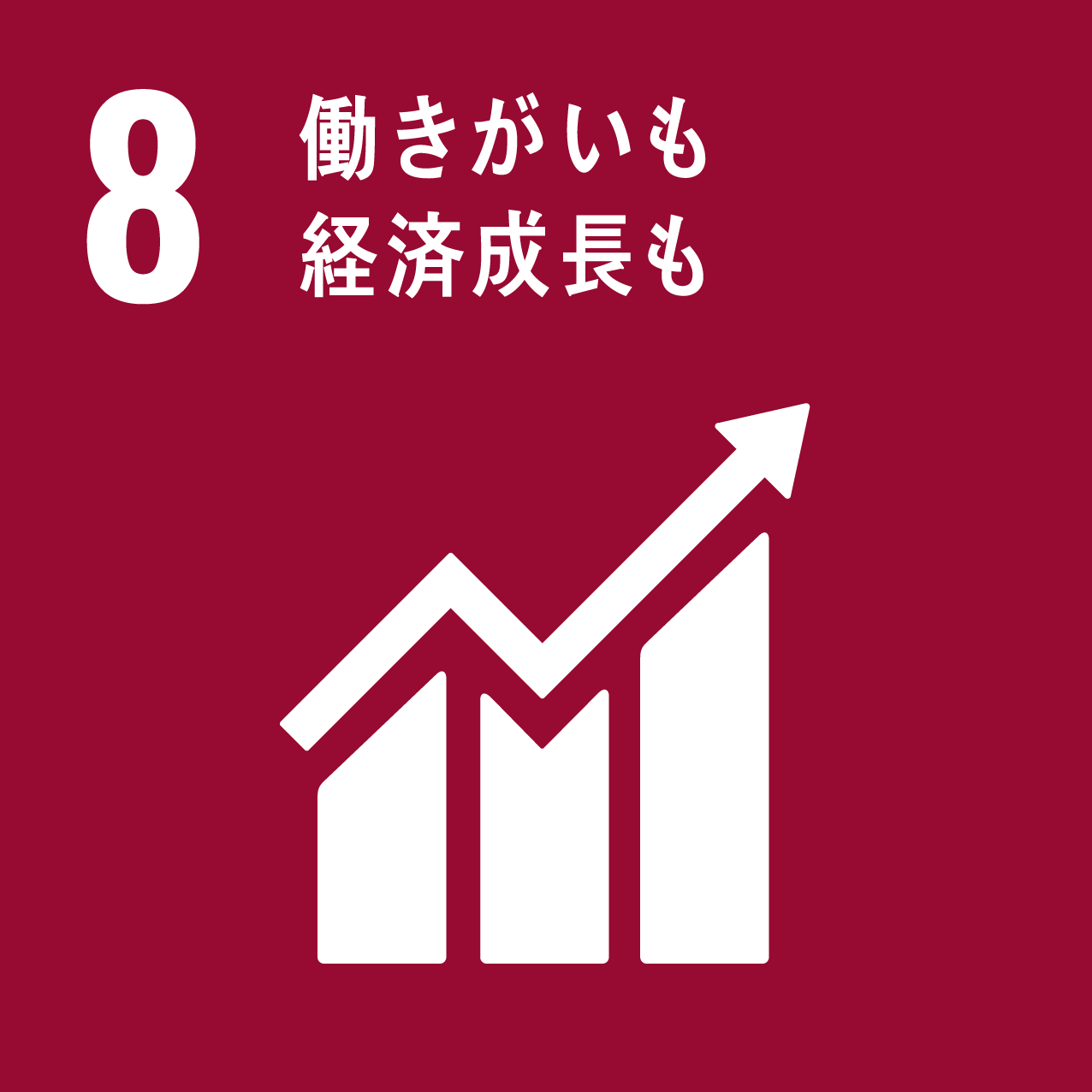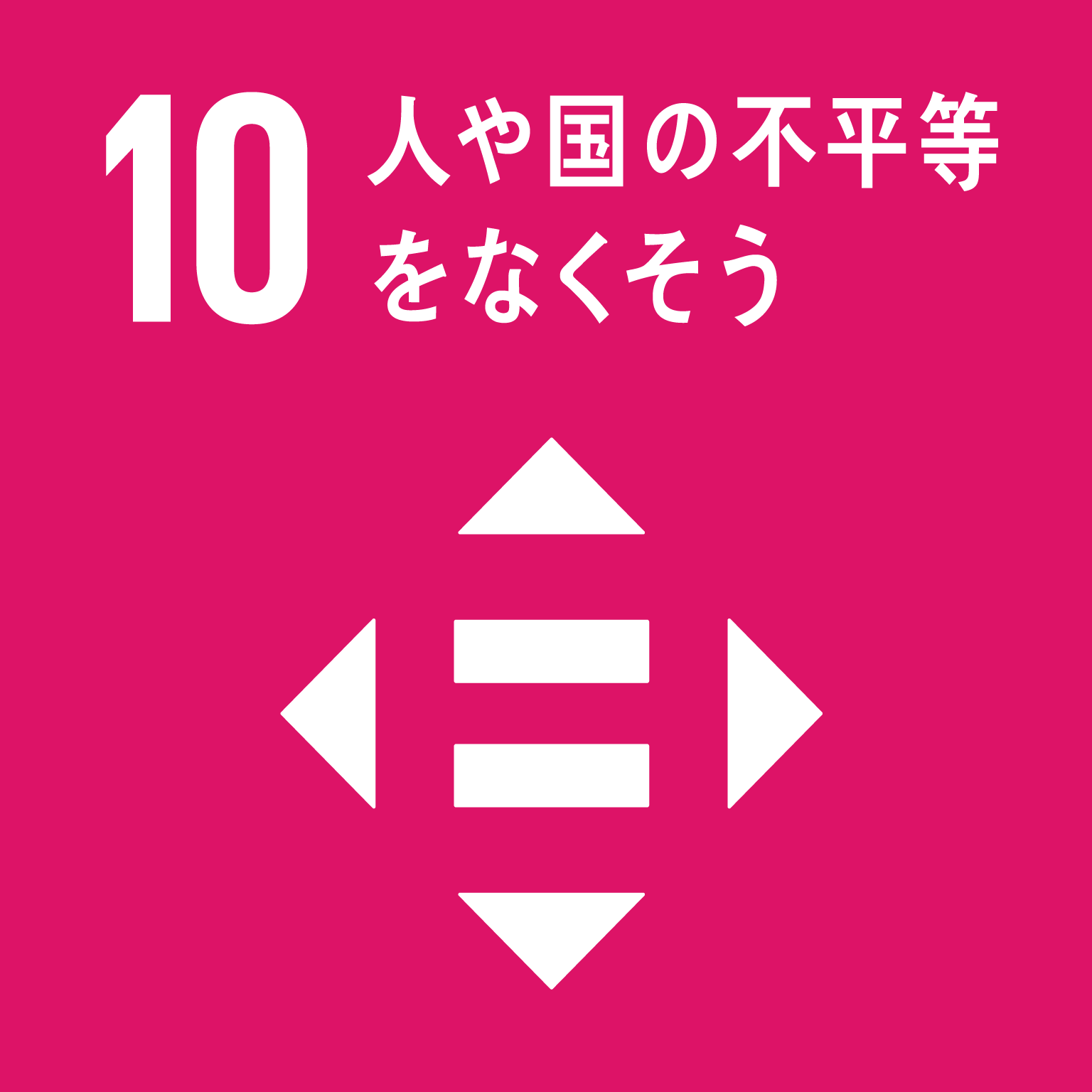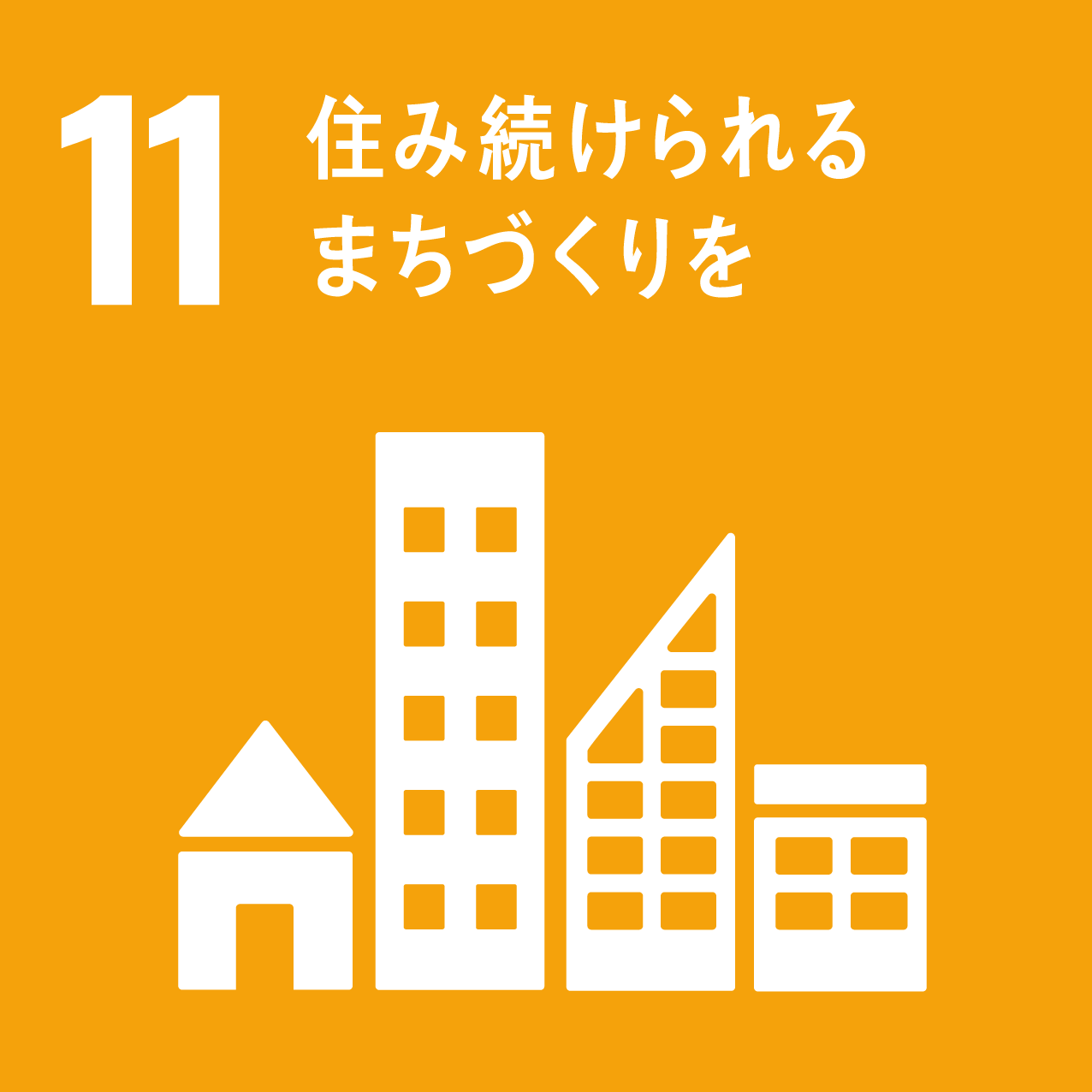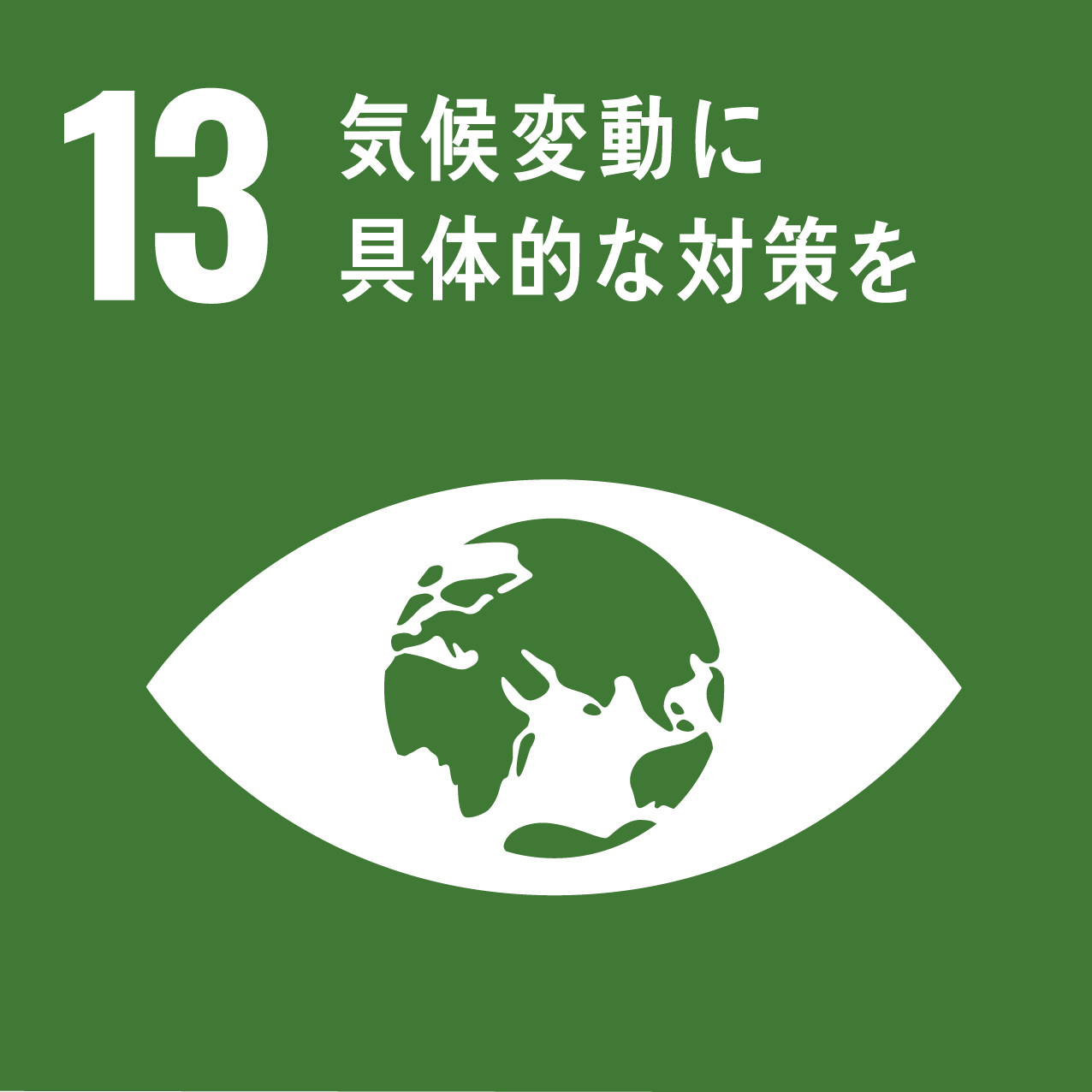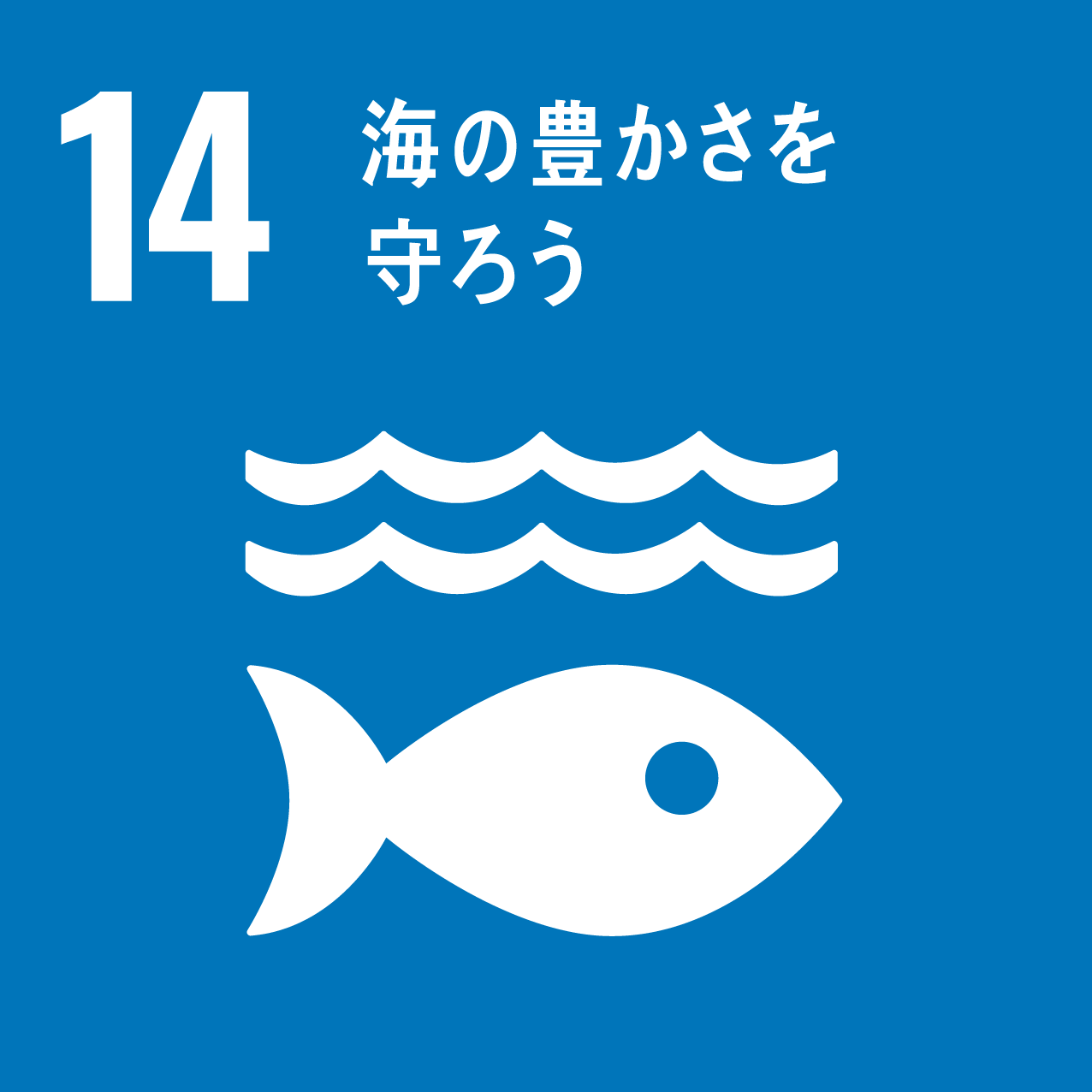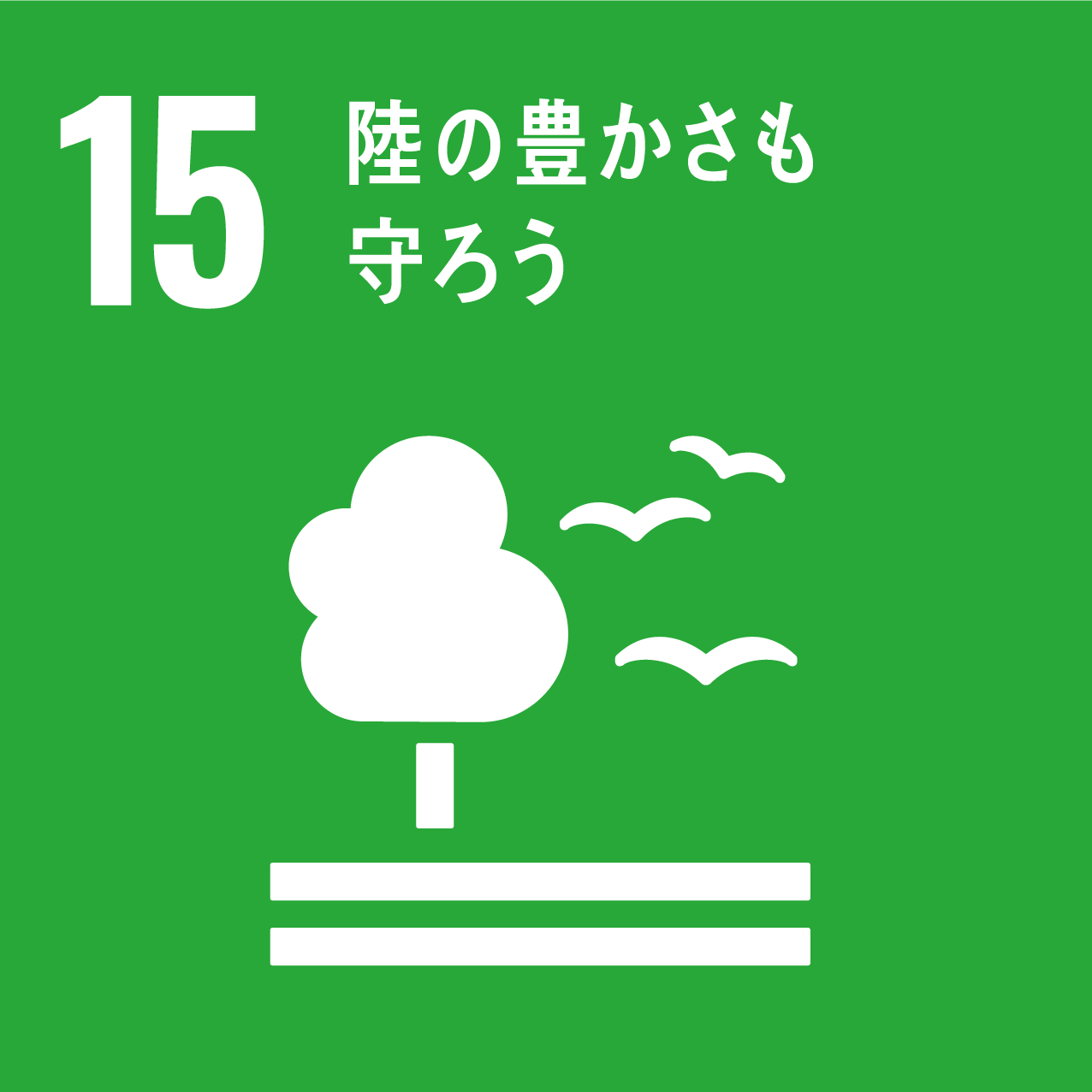*男女計、男性、女性の数値について
東日本大震災の影響により,岩手県,宮城県及び福島県において調査実施が一時困難となったため、2011年の数値は補完的に推計した値。
*年齢階級5歳階級別及び職業別の数値について
2011年の数値は、岩手県,宮城県及び福島県を除く全国結果
*東北の数値について
東日本大震災の影響により,岩手県,宮城県及び福島県において調査実施が一時困難となったため、2011年の数値は公表していない。
*「九州・沖縄」、「九州」、「沖縄」の数値について
2012年から「九州」と「沖縄」とを別々の地域として集計している。
*Note on "Total", "Male", "Female" figures
The figure of 2011 is "Supplementary-estimated figure". The reason of the treatment is that 2011 yearly average
results for whole Japan were missing due to the damage caused by the Great East Japan Earthquake.
*Note on figures by 5 year age groups and figures by occupation Figures of 2011 are data not including three
prefectures(Iwate, Miyagi and Fukushima).
*Note on figures of "Tohoku" region
The figure of 2011 is not available. The reason of the treatment is that 2011 yearly average results for whole Japan
were missing due to the damage caused by the Great East Japan Earthquake.
*Note on figures of "Kyushu, Okinawa", "Kyushu" , "Okinawa"
"Kyushu, Okinawa" has been divided into "Kyushu" and "Okinawa", and calculated separately since 2012.





